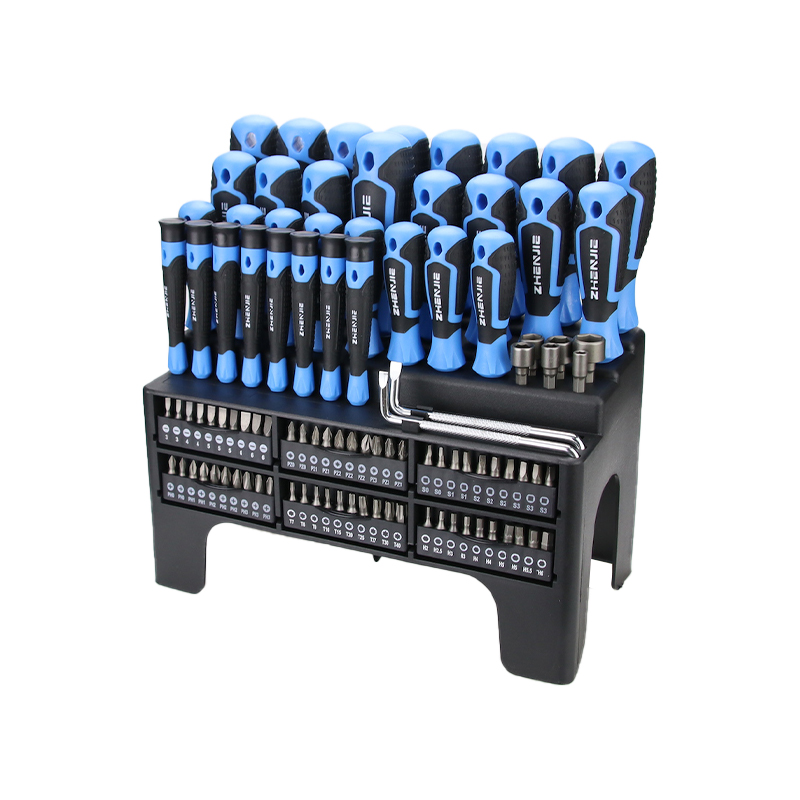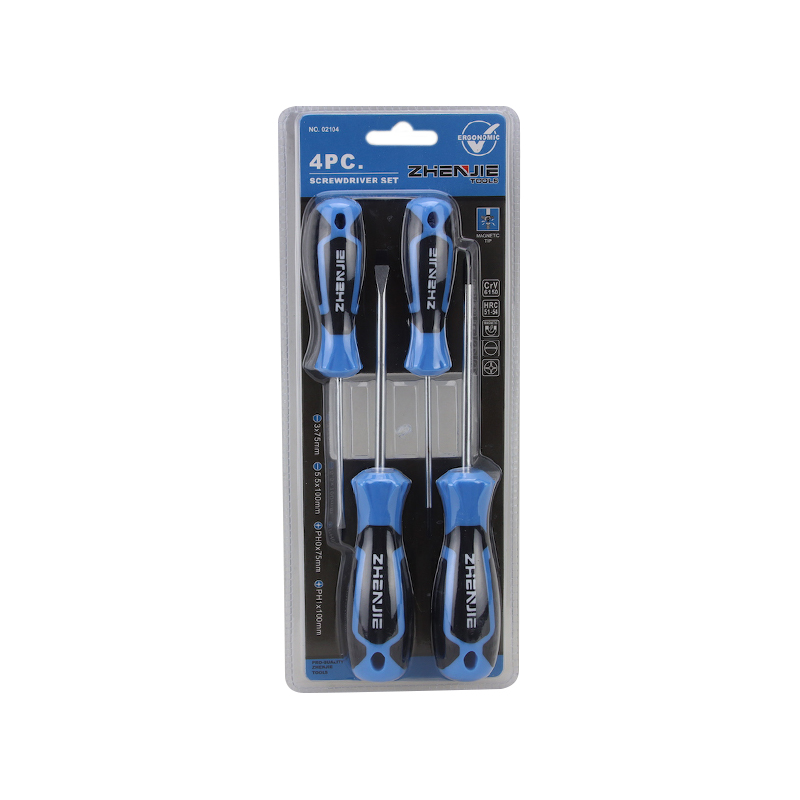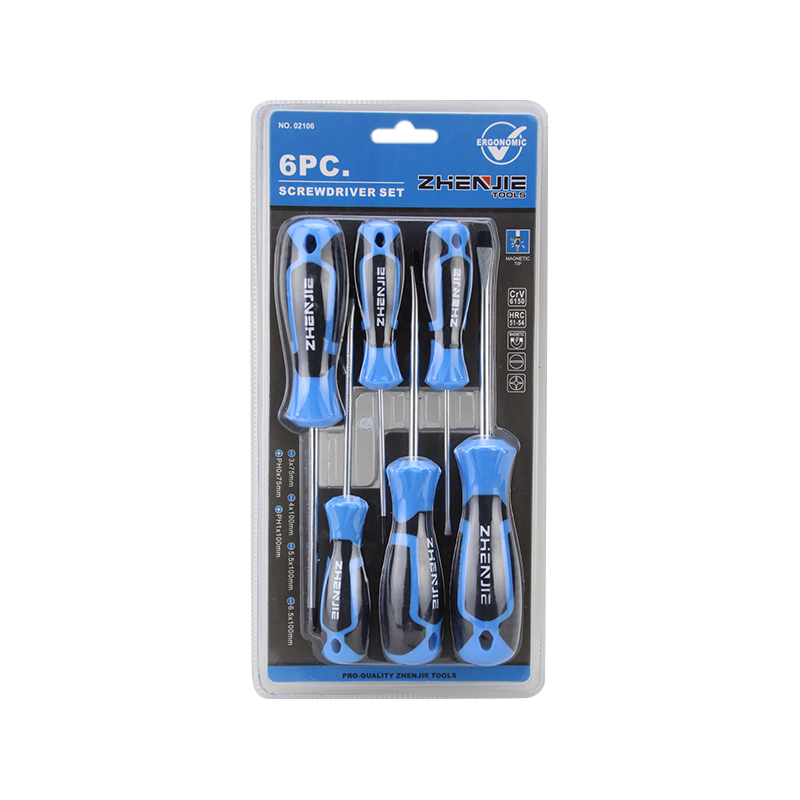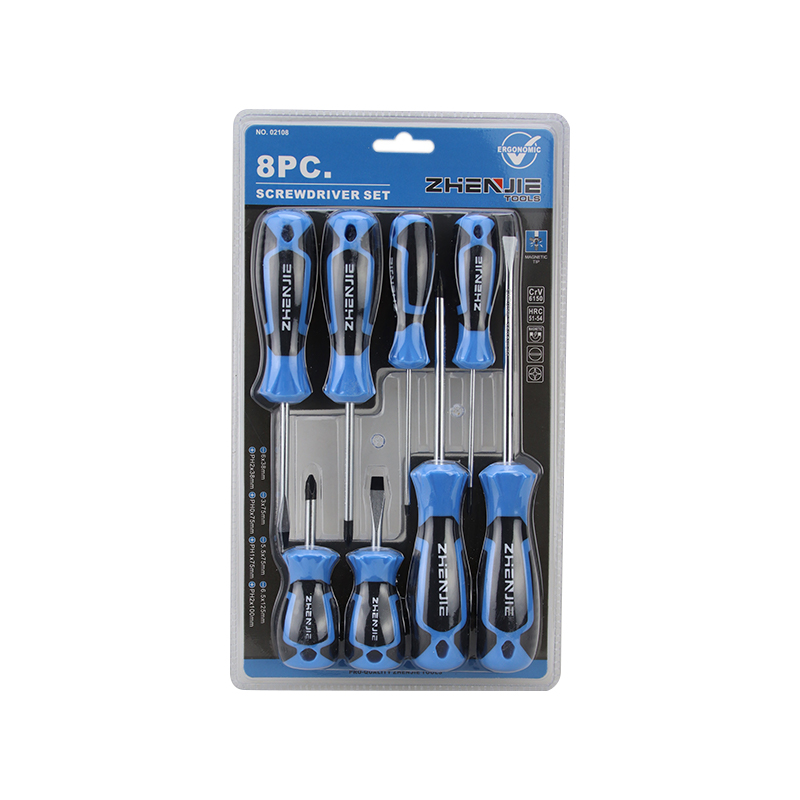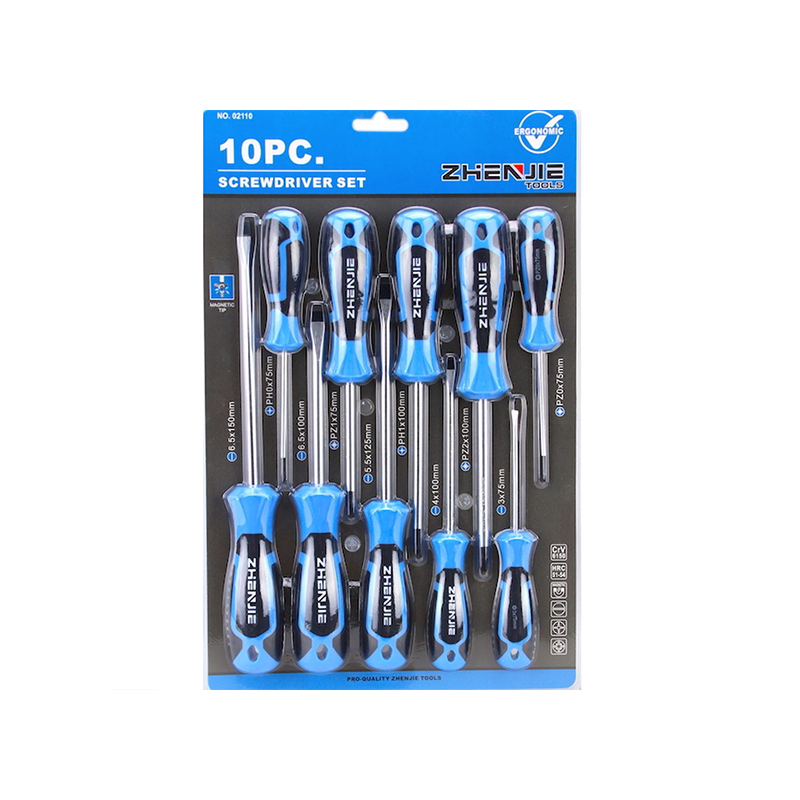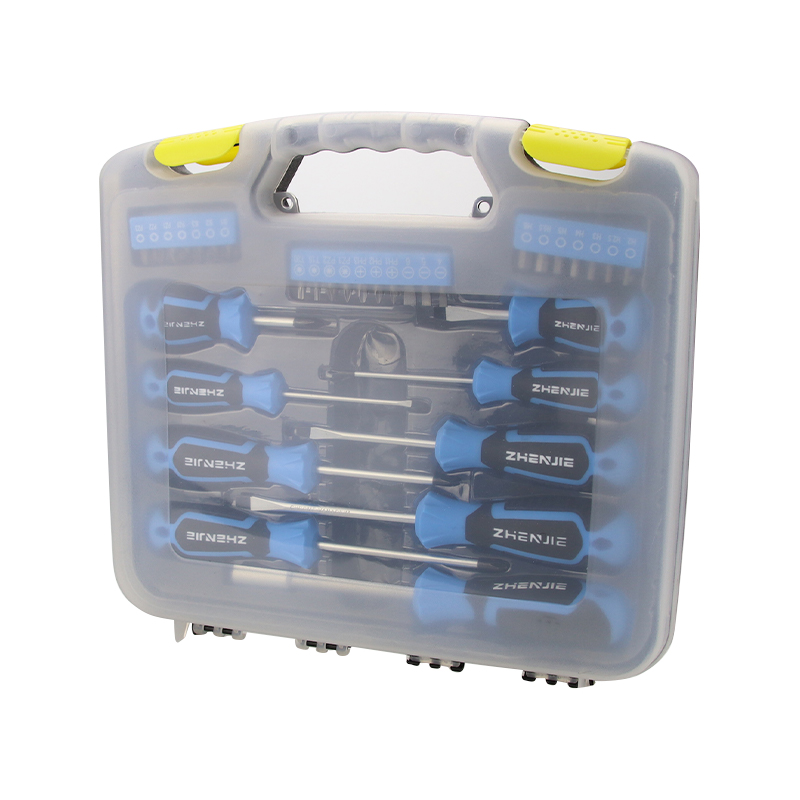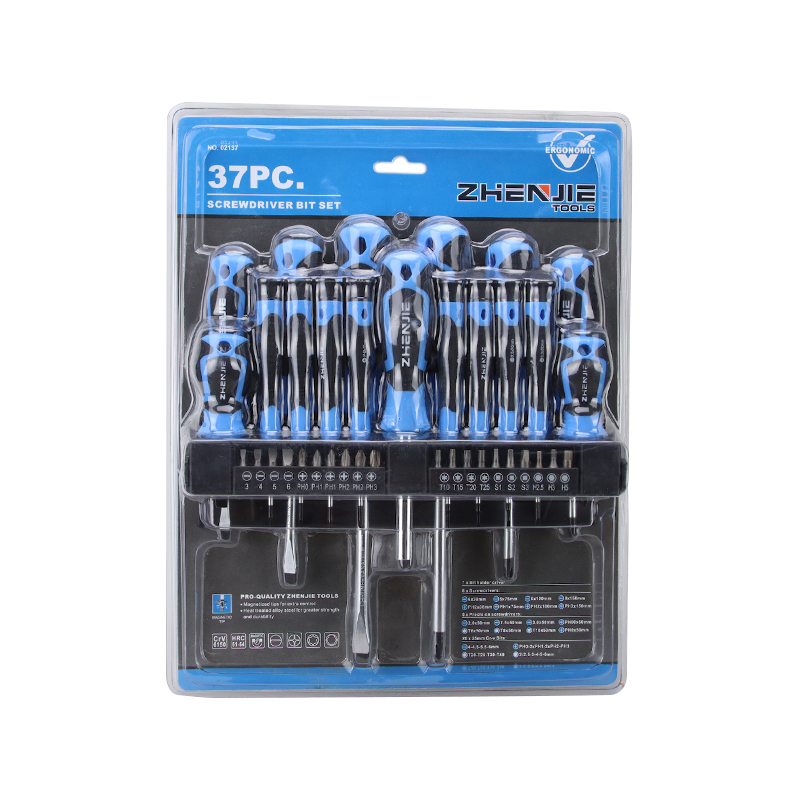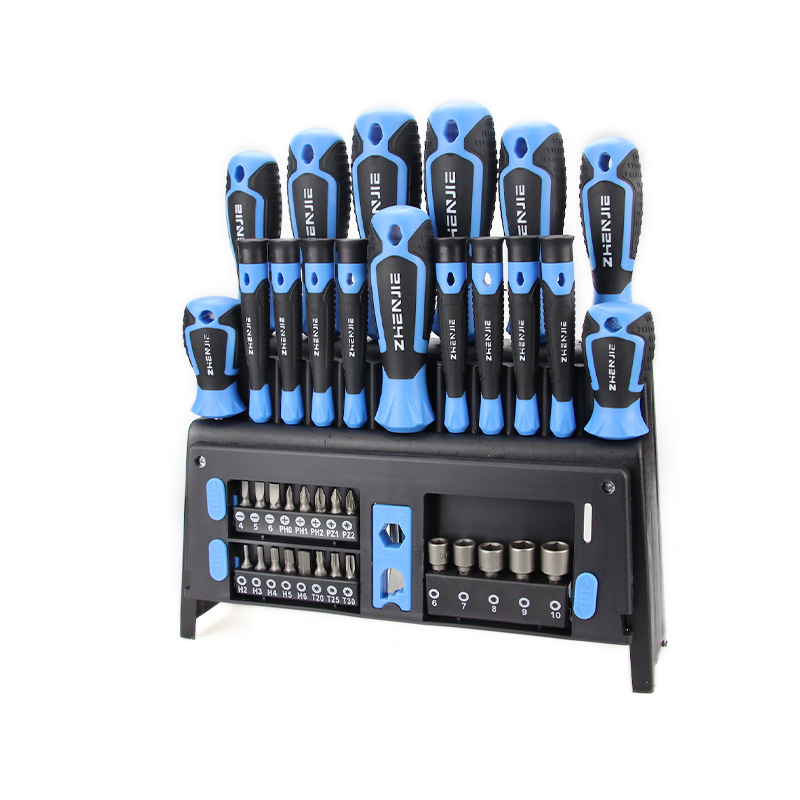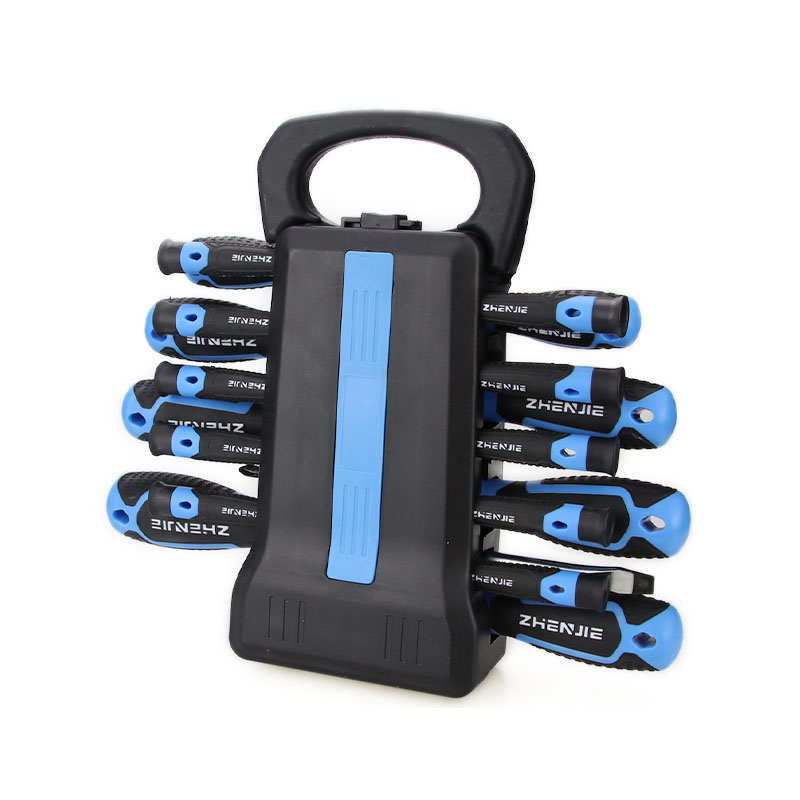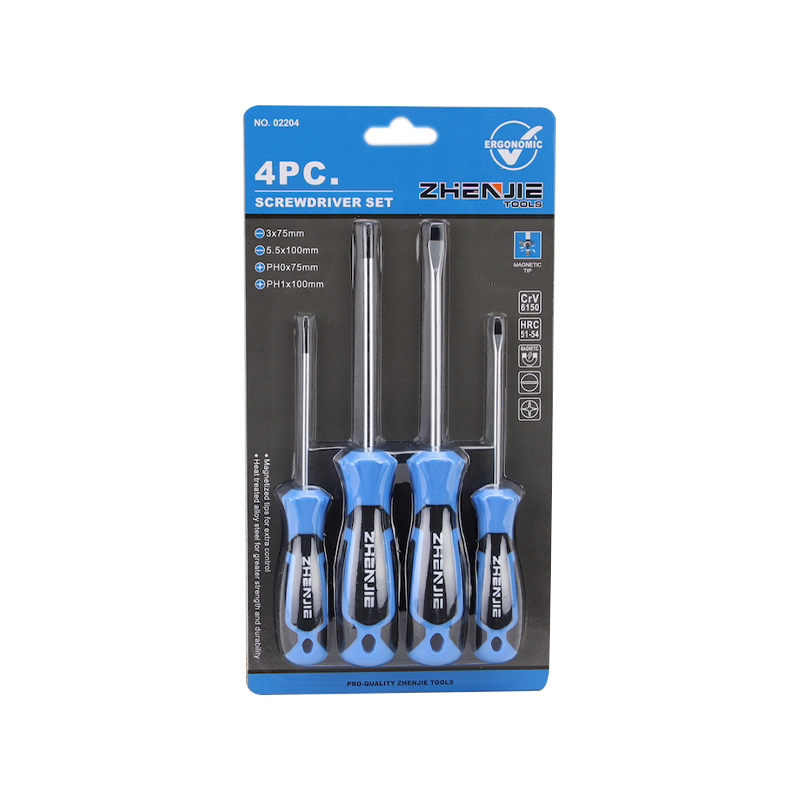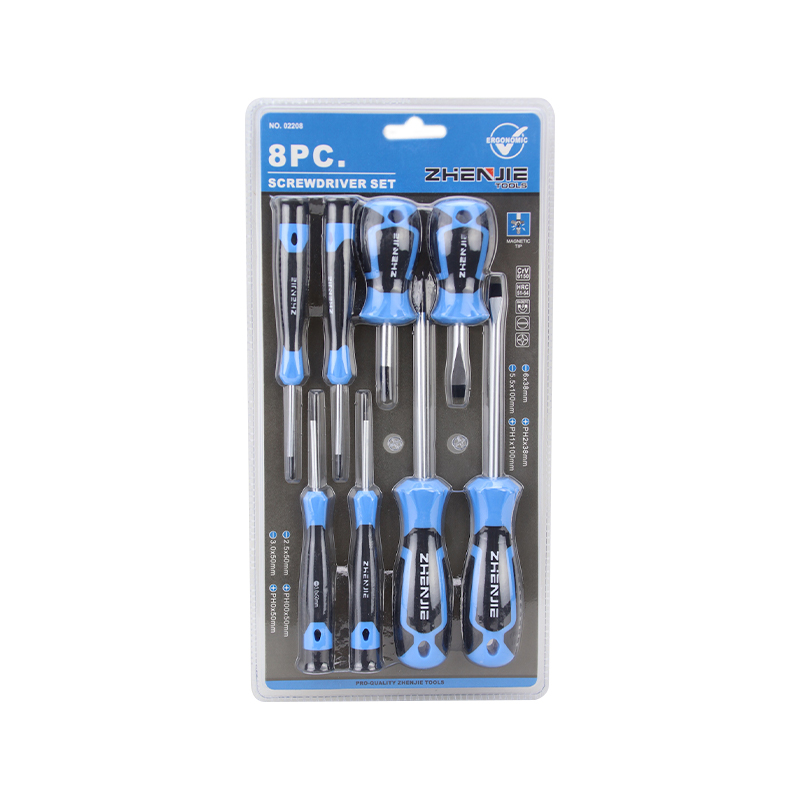The Universal Flexible Shaft has become a valuable key component in modern mechanical transmission technology. Its advantages of flexible transmission, precise output, and simplified structure have led to its widespread application in numerous fields, including industry, automotive, medical, and construction. As a component capable of transmitting torque and rotational motion in non-linear and non-planar conditions, the Universal Flexible Shaft not only overcomes the limitations of traditional rigid shafts but also provides a more flexible solution for engineering design.
Operating Principle and Structural Features of the Universal Flexible Shaft
The core feature of the Universal Flexible Shaft lies in its elasticity and flexibility. Manufactured using a special wire-wound structure or flexible alloy materials, it maintains stable transmission performance in complex spatial conditions. It can withstand angular displacement and dynamic changes during rotation, accurately transmitting power from the input to the output. Compared to rigid shafts, which are limited to linear transmission, the Universal Flexible Shaft demonstrates exceptional adaptability in multi-directional and cross-space working conditions.
This type of shaft typically exhibits high fatigue and wear resistance, enabling stable and long-term operation under high-speed and high-frequency conditions. At the same time, the flexible structure can also mitigate shock and vibration to a certain extent, preventing system damage caused by transient loads.

The Value of Universal Flexible Shafts in Industrial Applications
In industrial production, complex working conditions often require transmission systems to be flexible and efficient. Universal Flexible Shafts can maintain transmission continuity even when machinery is compactly arranged and axes are misaligned. This significantly improves overall system efficiency for machine tools, conveyor equipment, and precision instruments in production lines.
In machinery that requires frequent starts and stops, the Universal Flexible Shaft's flexibility effectively reduces the impact force during startup, thereby extending the service life of the equipment. This advantage has made it a key component in modern automated production.
The Role of Universal Flexible Shafts in Automotive and Marine Transmissions
In automotive manufacturing, Universal Flexible Shafts are widely used in the transmission systems of precision instruments such as odometers and tachometers. Their ability to flexibly transmit rotation within confined spaces ensures more accurate and stable instrument panel operation. Furthermore, in some vehicles with specialized transmission structures, they can handle power transmission under bending conditions, ensuring efficient operation even in complex road conditions.
The marine industry also relies on Universal Flexible Shafts. In ship pumping systems, power transmission, and auxiliary equipment, these flexible shafts not only adapt to complex spatial arrangements but also effectively withstand the shock and vibration of offshore operation, providing enhanced safety and stability for ship systems.
Innovative Applications of Universal Flexible Shafts in the Medical and Construction Fields
Medical equipment requires extremely high precision and stability in transmission components. Due to its flexibility and precise transmission capabilities, Universal Flexible Shafts are widely used in endoscopes, surgical instruments, and other precision diagnostic and treatment equipment. This flexible transmission allows doctors to achieve more precise movement control during operations, thereby improving surgical safety and efficiency.
In the construction industry, Universal Flexible Shafts are commonly used in equipment such as concrete vibrators and handheld construction tools. Their flexible design not only adapts to complex construction site environments but also maintains excellent transmission performance under high-intensity working conditions, significantly improving construction efficiency and project quality.

Advantages of Universal Flexible Shafts
With the continuous advancement of mechanical manufacturing and automation, the application prospects of Universal Flexible Shafts are becoming increasingly broad. Its advantages, including flexible transmission, shock absorption, and precise output, have made it the transmission component of choice in a growing number of industries. Demand for flexible transmission is particularly growing in smart manufacturing and high-end equipment.
The Universal Flexible Shaft is not only a key component that addresses the limitations of traditional transmissions but also a vital factor driving continuous innovation in mechanical design and application. From industrial production to automotive and shipbuilding, from medical equipment to construction, it demonstrates exceptional applicability and reliability. With the continuous advancement of future technologies, the Universal Flexible Shaft will undoubtedly play an even greater role in even more areas, becoming an indispensable component in modern transmission systems.

 English
English русский
русский Español
Español